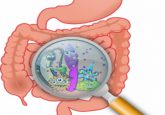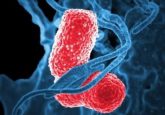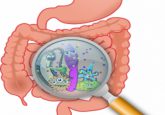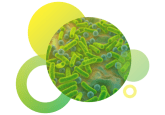Peek Behind the Paper: A novel method for sampling subgingival microbiome – a comparative metatranscriptomic study
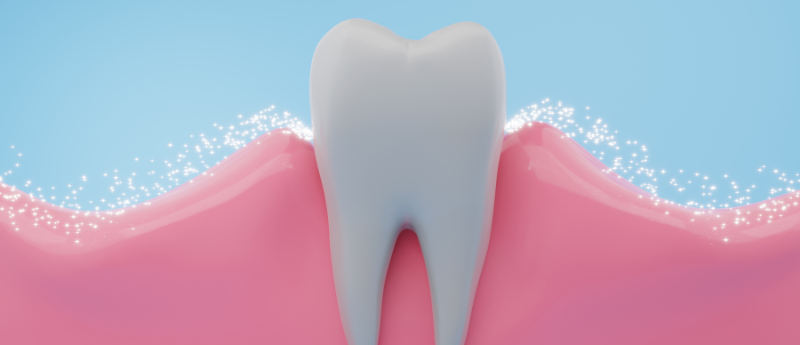
Refer a colleague
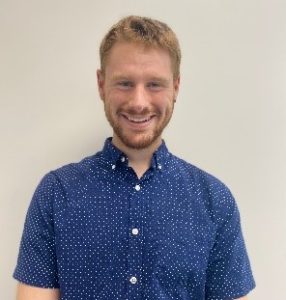 Ryan Toma (left) is a Research Scientist at Viome Life Sciences (WA, USA). He focuses on the design and implementation of clinical studies with the aim of harnessing Viome’s personalized nutrition program to combat chronic diseases. Ryan is also a member of the R&D team at Viome, working in product development. Prior to joining Viome, Ryan was a key member of the Applied Genomics team at Los Alamos National Lab (NM, USA) that developed the core metatranscriptomic technologies that Viome uses today.
Ryan Toma (left) is a Research Scientist at Viome Life Sciences (WA, USA). He focuses on the design and implementation of clinical studies with the aim of harnessing Viome’s personalized nutrition program to combat chronic diseases. Ryan is also a member of the R&D team at Viome, working in product development. Prior to joining Viome, Ryan was a key member of the Applied Genomics team at Los Alamos National Lab (NM, USA) that developed the core metatranscriptomic technologies that Viome uses today.
Here, Toma discusses his recently published article in BioTechniques, providing an insight into the impact of his newly developed method and key tips for best practices when using it.
Please provide a short summary of your paper “A novel method for sampling subgingival microbiome – a comparative metatranscriptomic study” published in BioTechniques.
The paper marks a significant advancement in oral microbiome research. The study introduces an innovative, non-invasive, self-administered, and equitable technique for sampling the subgingival microbiome, employing a simple swabbing method at the gumline (termed subgingival-P samples). This approach is a departure from the traditional, more complicated collection method that requires professional dental expertise.
Our study compares the microbial composition and gene expression profiles of subgingival-P samples with those obtained through a traditional method. The results reveal that our non-invasive technique effectively mirrors the standard methods for subgingival microbiome sampling in terms of microbial abundance and gene expression patterns. This breakthrough has profound implications for oral microbiome research, as it paves the way for more inclusive and large-scale studies that can encompass a wider and more diverse population.
What inspired you to develop this new method?
This new method was developed to fill a gap in current subgingival microbiome research. Traditional sampling techniques for the subgingival microbiome are invasive and cannot be collected at home. This hinders research into the subgingival microbiome by limiting the ability to perform large-scale epidemiological studies.
Recognizing the need for a simpler, more universally applicable technique, our team was driven to develop a method that would be both effective and accessible. This led to the conceptualization and eventual realization of the non-invasive swabbing technique, aimed at enabling large-scale studies on the subgingival microbiome and its role in human health and disease.
What impact do you hope it will have on laboratory researchers?
By eliminating the need for invasive procedures and specialized dental expertise, it opens the field to a wider range of researchers and study designs. This method is particularly advantageous for large-scale population studies, where ease of sampling and participant comfort are paramount.
Additionally, the simplicity and accessibility of the technique make it an attractive option for researchers in various settings, potentially leading to a surge in innovative discoveries in oral microbiome research and a heightened understanding of how the oral microbiome, and especially the subgingival microbiome, relate to human health and disease.
Do you have any tips for best practice for researchers looking to use this method?
For researchers eager to adopt this new method, several best practices are recommended to ensure optimal results. Firstly, ensuring that the swab is rotated so that the gum is lifted at the gum-tooth interface to expose the subgingiva is crucial for accurate sampling of the subgingival microbiome. Secondly, the preservation and handling of samples post-collection play a pivotal role in maintaining the integrity of the microbial RNA.
Researchers should also consider the depth and quality of sequencing to ensure a comprehensive analysis of the microbial community, especially lowly abundant features. Additionally, it is advisable to contextualize the findings with traditional methods to validate the results and understand any nuances in microbial profiles.
What are you hoping to do next in this area?
Looking ahead, our research aims to further validate and refine this novel sampling technique across diverse populations. A key focus will be on individuals with specific oral conditions, exploring how variations in the subgingival microbiome may contribute to or result from these conditions. Additionally, we plan to investigate the potential of this method in the diagnosis and monitoring of both oral and systemic diseases linked to the subgingival microbiome, thereby opening new frontiers in understanding and managing human health and disease.
Please enter your username and password below, if you are not yet a member of BioTechniques remember you can register for free.
